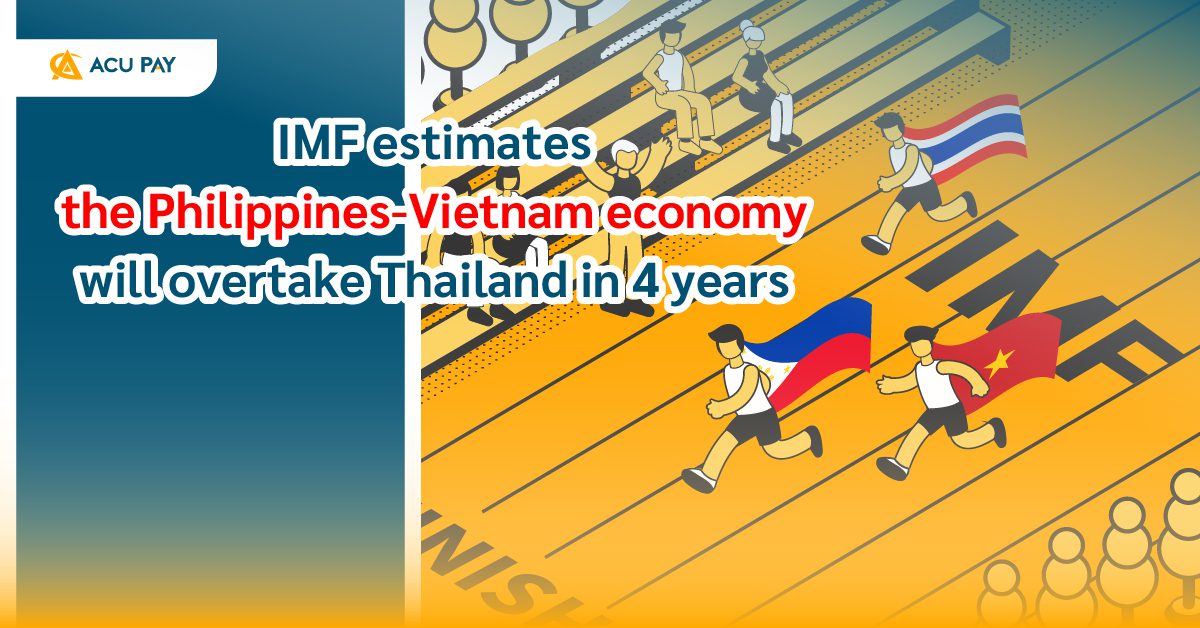

According to the IMF, the Philippines’ economic size in 2028 is expected to reach 649 billion dollars while Vietnam will have a GDP of 629 billion dollars. Thailand will fall to fourth place with a GDP of 624 billion dollars. Thailand’s average growth at that time will be 2.69% which is lower than the Philippines’ 6.34% and Vietnam’s 5.75%.
Since 2024, Thailand’s economic size has been measured at approximately 529 billion dollars meanwhile Indonesia is still the largest economy in ASEAN with a GDP of 1.40 trillion dollars with a strong growth of 4.96%. This shows that Thailand’s economic growth is very low compared to its competitors in ASEAN.
Thailand’s economic growth over the past few years showed a worrisome trend, particularly in 2026, when growth dropped to 2.57%, while the Philippines and Vietnam posted high growth rates of 6.25% and 6. 01% respectively. Of course, when competitors continue to outgrow Thailand, Thailand is at risk of outpacing its economic scale.
By the year 2027, Thailand may have maintained its 2nd place, but with slower growth, making the Philippines follow up rapidly. Thailand’s growth rate was 2.75%, which is very low compared to the 6th rate of the Philippines which is 6.33%. In addition, the IMF’s long-term forecasts also show that if Thailand fails to improve its economy further, the gap in economic size will be narrowed and eventually overtaken by the Philippines and Vietnam.
In particular, economic growth in the Philippines and Vietnam has been supported by several factors, including increased foreign investment, a production hub, and appropriate growth policies. Thailand still has many development challenges such as political uncertainty, an aging population structure, and high debt burdens.
In terms of investment and infrastructure development, Thailand still has good potential in the tourism sector and as a manufacturing base for automobiles, but without improvement and development of investment in innovation and technology, Thailand may not be able to compete in the long run.
Comparing data from the Angsana Council and Bain & Company shows that economic growth in the ASEAN region will average 5.1% over the next 10 years, with Vietnam and the Philippines significantly higher than Thailand. Vietnam will grow 6.6%, while Thailand will grow only 2.8%, which indicates the future instability of the Thai economy.
In conclusion, Thailand must urgently restructure its economy to enhance its competitiveness, and investment in technology, education, and skill development if Thailand not only wants to maintain its position in ASEAN but also be able to compete with other countries in the future.

MAKE A GREAT DAY WITH ACU PAY.